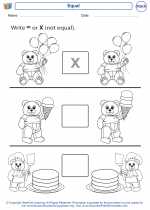What is Size?
Size refers to the measurement or dimensions of an object. It is the physical extent, magnitude, or quantity of an object or space.
Understanding Size
In kindergarten math, children learn about size through comparison and measurement. They begin to understand the concept of big and small, large and little, tall and short, and wide and narrow.
Comparing Sizes
Children practice comparing sizes by arranging objects from smallest to largest or largest to smallest. They learn to identify which object is bigger or smaller than another.
Measuring Size
Kindergarteners also start to explore measurement by using non-standard units such as blocks, cubes, or their hands to measure the size of objects. They learn to understand concepts like longer, shorter, taller, and shorter through hands-on activities and visual comparisons.
Practicing Size Concepts
Activities such as sorting objects by size, comparing the heights of classmates, and identifying big and small items in the classroom help children develop their understanding of size.
Real-Life Application
Understanding size is essential for daily activities such as choosing the right clothing size, organizing items by size, and understanding spatial relationships in the environment.
[Size] Related Worksheets and Study Guides:
.◂Math Worksheets and Study Guides Kindergarten. Comparing, and ordering
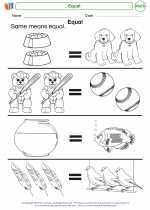
 Coloring Worksheet
Coloring Worksheet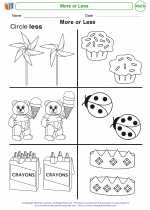
 Coloring Worksheet
Coloring Worksheet
 Worksheet/Answer key
Worksheet/Answer key
 Worksheet/Answer key
Worksheet/Answer key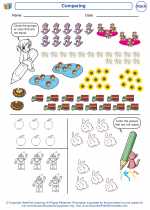
 Worksheet/Answer key
Worksheet/Answer key
 Worksheet/Answer key
Worksheet/Answer key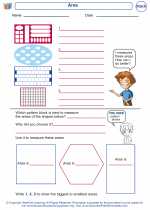
 Worksheet/Answer key
Worksheet/Answer key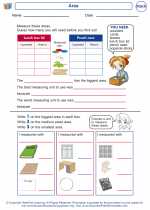
 Worksheet/Answer key
Worksheet/Answer key